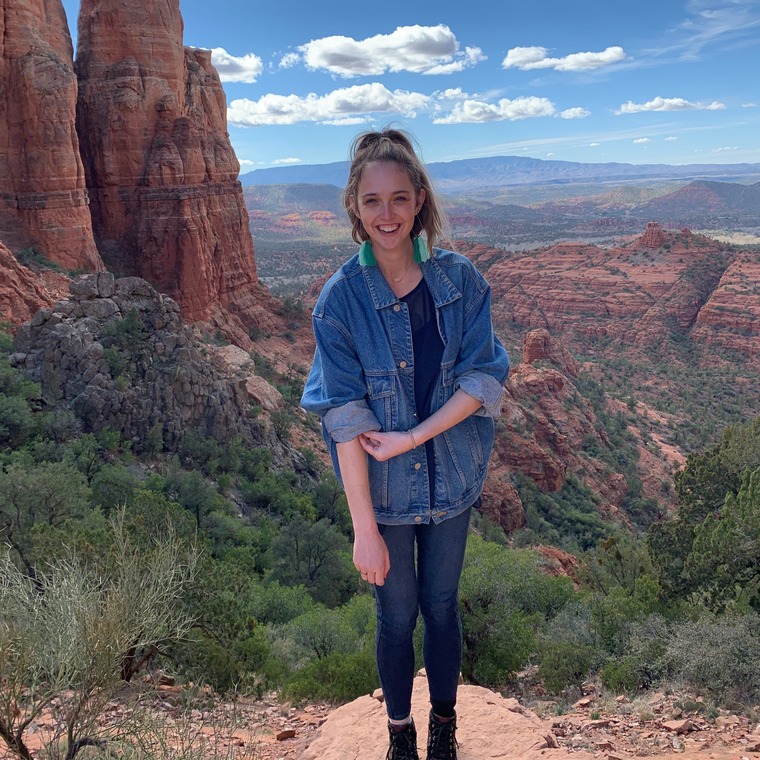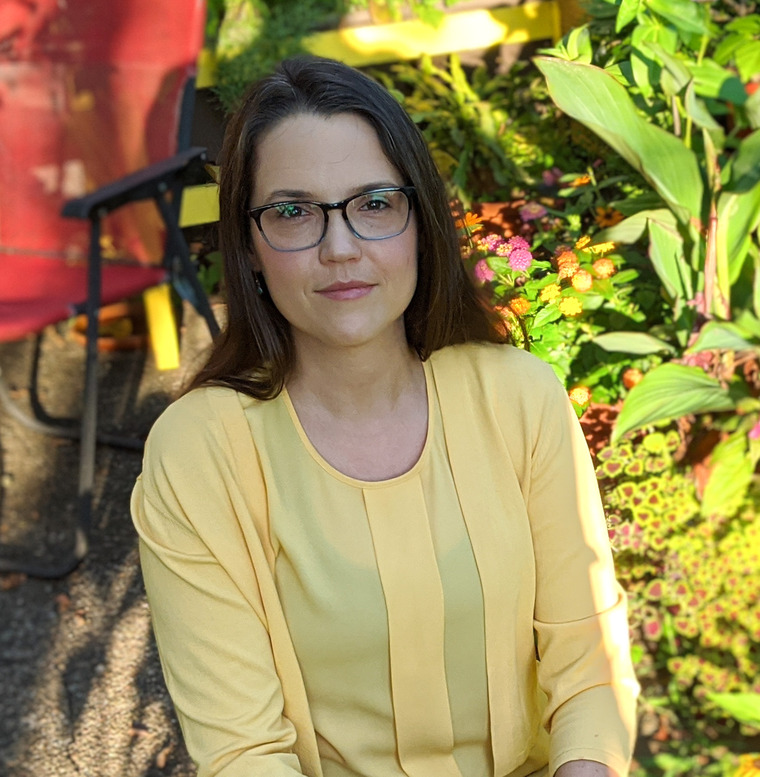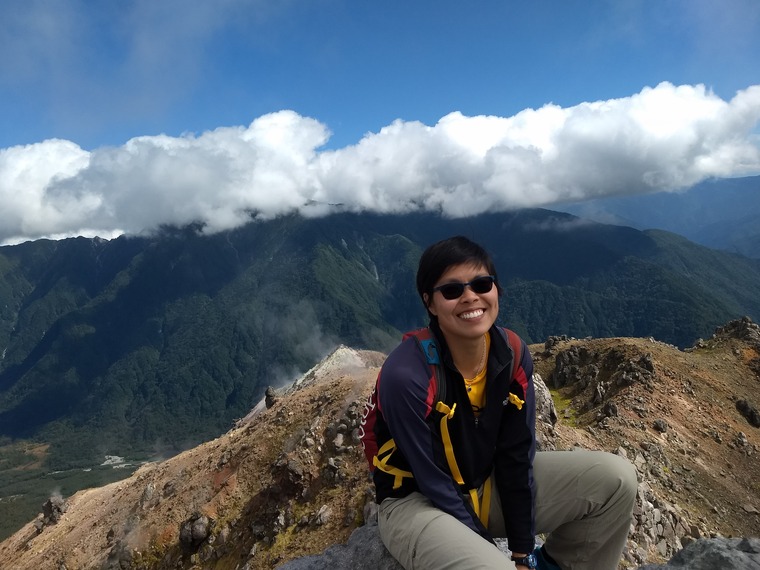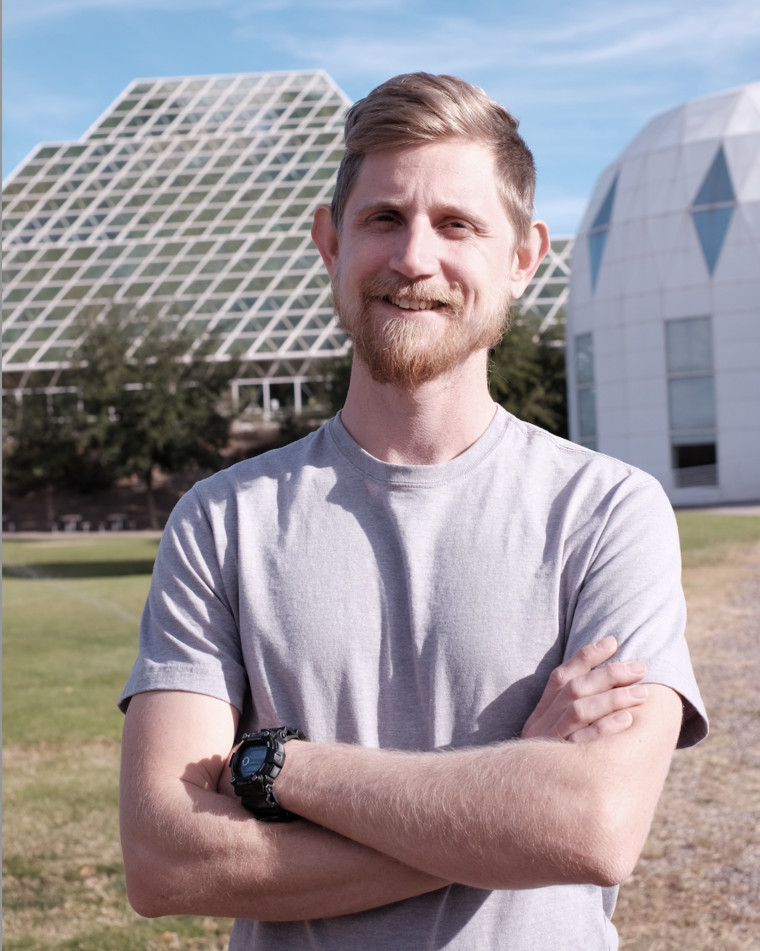Lane Breshears
Hello! I am a third-year graduate student in the Department of Biomedical Engineering at the University of Arizona, working with Dr. Jeong-Yeol Yoon. Our lab develops biosensors for medical and environmental health monitoring. Diagnostic tools can be expensive and time consuming, so our focus is on making these techniques more accessible. One cool aspect of this research is that it uses capillary flow in order to disperse samples throughout a paper-based microfluidic chip. Capillary flow is gravity independent, so by developing these diagnostic tools on the ground, we are also setting up a device that could one day potentially be used by astronauts and explorers in space. Currently, I am working to adapt our smartphone microscope design for the detection of SARS-CoV-2 from patient swabs. As part of the UA/NASA Space Grant Fellowship, I will work with a school in local Tucson, Arizona to introduce middle schoolers to the many facets of graduate school in Biomedical Engineering. Together we will be using the smartphone microscope to learn about antibody-antigen binding, improve our understanding of the tests being performed to detect COVID-19, and explore the exciting process of DIY science using fluorescence microscopy and 3D printing.
[Update] View Lane's curriculum materials here: https://sites.google.com/email.arizona.edu/diybiosensors/smartphone-mic…
View Lane's Youtube Channel here for additional resources: https://www.youtube.com/channel/UCmxu9I--s2ocf7_uAspWpPQ/featured








